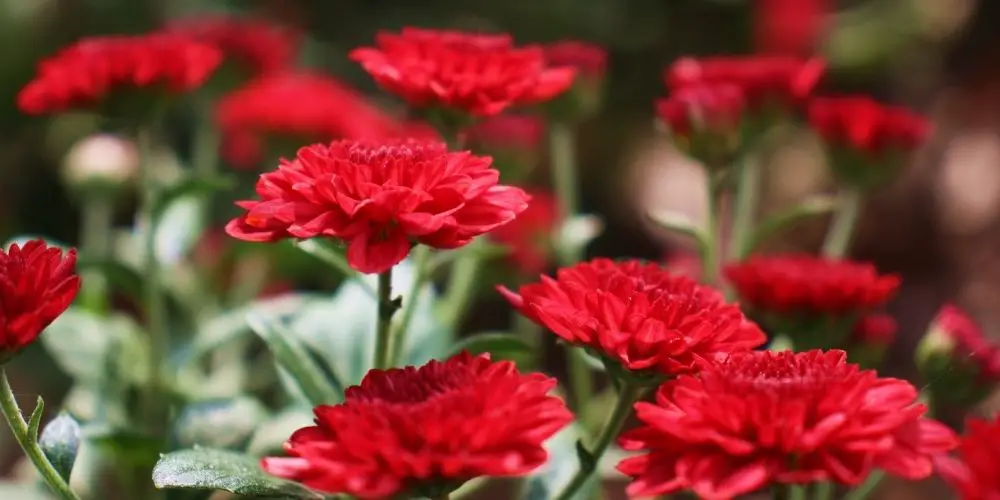Vegetable gardeners enjoy growing plants that are simple to plant and care for, while also offering a high yield. Among these plants are those that belong to the brassica family.
The brassica family, also known as the cabbage family, is in fact a vast collection of different types of vegetable. One major advantage of growing brassica vegetables is that they do not take up much space in the garden and they have a limited height even when fully mature.
To better understand how much space each plant will use as it grows, you need to first understand the different types of vegetable that there are to choose from.
The different vegetables of the brassica family
If you choose to grow brassica vegetables, you have many options to choose from. These include cabbage, broccoli, cauliflower, turnip, kale, Brussels sprout, rutabaga, and many more.
Each plant grows in a different way and will therefore have different average heights. What they all have in common, however, is that the plants remain fairly low to the ground and will not generally reach the heights of fruit bushes or trees.
Pruning and harvesting these plants should therefore be relatively easier to carry out than when working with tall fruiting plants.
What heights can these brassica vegetable plants grow to?

Fortunately for vegetable gardeners, the tallest of the plants mentioned above are cabbage and kale, which can grow to a height of just under a meter.
Broccoli and Brussels sprouts can also reach similar heights, but are typically shorter and grow to a height of just above sixty centimeters.
The cauliflower plant is even shorter and can grow to forty centimeters. Two plants with vegetation that reach similar heights include turnips and rutabagas. With many of the more common brassica plants growing to approximately a meter at most, even the tallest brassica plants are easy to work with.
Brassica vegetable plants save space and time
When you consider the amount of space needed to grow fruit trees, and the equipment needed to climb the trees and harvest the fruit, the shorter height of brassica plants saves gardeners both space and time. The limited size of brassica plants also allows vegetable gardeners to grow some varieties indoors, either with grow lights or using sunlight.
The same cannot be said of fruit trees, which generally become too large and complex to receive adequate levels of light indoors. Many plants within the brassica family are fantastic choices for growing large amounts of edible greens within an indoor or small outdoor space.
- Here’s Why Plants Need Misted
- 5 Plants to plant with Tomatoes, and 4 not to
- What garden plants can survive frost?
For simple gardening in limited growing space
Vegetable gardeners are spoiled for choice when choosing a plant from the brassica family to grow.
With several types of plant, flavors of edible greens, and brassica species to choose from, the limited heights of these plants help new vegetable gardeners with modest growing spaces to begin growing their own vegetables. For a simple gardening experience that can largely be done with simple tools or even by hand, smaller sized brassica vegetable plants are great options for vegetable gardeners.















